Signalis is a retro horror full with gore, scares, monsters, mystery, and puzzles. Players take heed of a replika, an AI robot, to find a particular person as their facility falls to ruin around them. You will have to solve many puzzles and navigate around abhorrent creatures that used to be other replikas as you traverse through the levels, getting deeper and deeper. This game has a lot going for it, with great visuals, good puzzles, an intriguing story and world, and a creepy mystery. But most of all, Signalis is fun.
An audiovisual treat
The very first thing that struck me as I moved my character for the first time was something along the lines of ‘ew’. In Signalis, don’t let the pixel art fool you. The movement is very fluid, as entities walk around and move. When I got over it, I was somewhat in awe of how incredible it looked.
But not only are the characters impossibly fluid and smooth, but the environment is as detailed as it needs to be, creating realistic and immersive settings that allow your fluid character to stand out as well believe that they are in conjunction with one another.
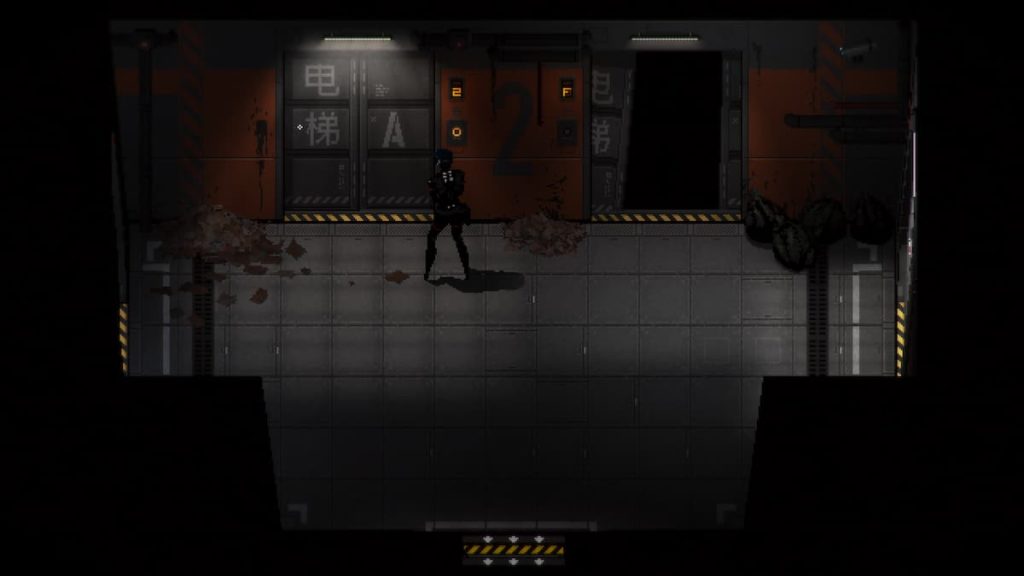
But not only is the art great when you’re playing the game, the visuals that the cutscenes deliver add another layer of realism. When you see your character in detail, your investment skyrockets. Interestingly, some cutscenes are 3D, which was a janky and pleasant surprise. The 3D models aren’t the best, sure, but I think that only elevates the disturbance of seeing them right after a still, detailed image.
Signalis doesn’t have an award-winning OST, sure, but the sounds, whether diegetic or not, enhance the world. Interacting with things release sinister tones, and the creatures around you roar with such blood-curling screeches. The ambient sounds are the sprinkling on the top, to allow your brain to melt into the world.
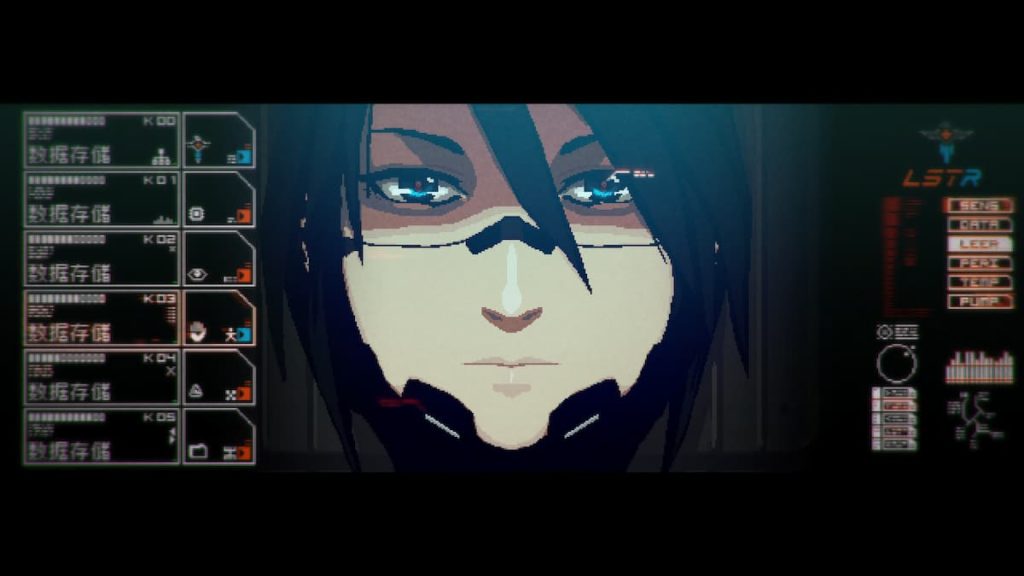
The visuals and audio marry together to form something greater than the sum of its parts. The game sounds great, and it looks better. So if there is something getting in the way of having a good time, it won’t be one of those two factors.
Playing with perspective
One small note that the game does unexpectedly yet very well, is transition from a 2D, 3rd person perspective, to a 3D, 1st person perspective. This doesn’t happen super often, but often enough to be a cool treat that excites every time it happens.
The visuals in the 1st person mode are great; they stay true to the retro pixel art theme, yet are detailed and don’t look like crappy 2D sprites. The immersion of Signalis is really what cements it together, as the atmosphere sucks you in.
Puzzles that itch the good spot of the brain
You will be spending the vast majority of your time in Signalis solving puzzles. These puzzles have been designed magnificently, to allow them to be complex in concept yet intuitive to understand from simply looking at them for a few seconds.
A lot of it boils down to finding items which unlock doors or boxes or devices that reward you with an items to unlock more things. There are many puzzles to crack and solve that requires just about enough brain power to be satisfying, but there are many super simple puzzles that revolve around ‘finding a key to unlock the thing’.
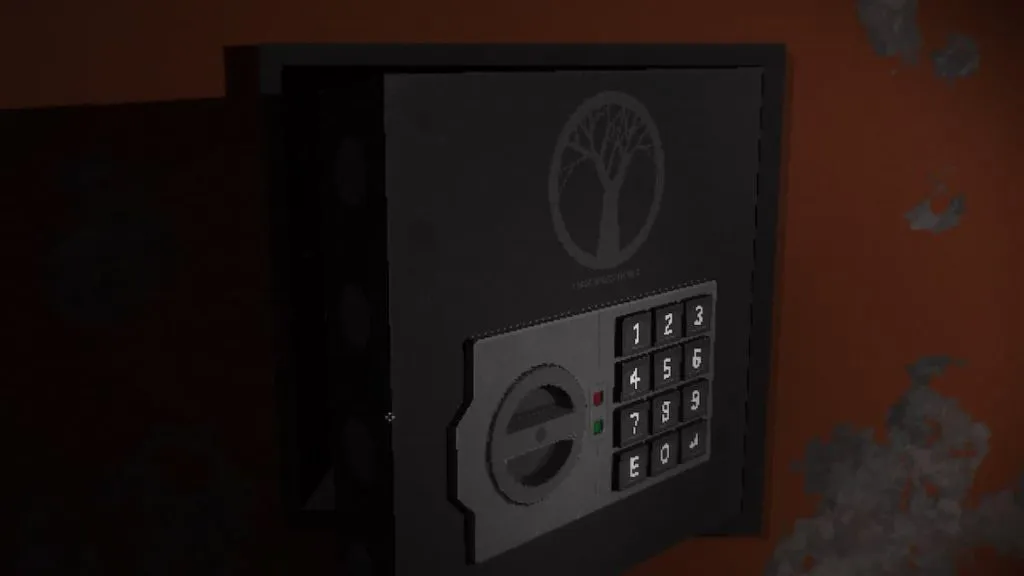
This isn’t necessarily a bad things, however you will never be scratching your head trying to solve the puzzles. They are all simple enough, and you’ll know what you need and what you need to do with your items most of the time. The real struggle of the game comes from comprehending the complex story and avoiding the monsters, but more on that later.
If you wanted a mysterious game with lots of brain-scratching puzzles, then this will not be the game for you. There are a handful of really clever puzzle mechanics, but they are still really easy to comprehend, even if the execution takes a little longer to sort out. For the most-part, they are very interactable, so the hands-on experience makes up for the lack of cognitive struggle.
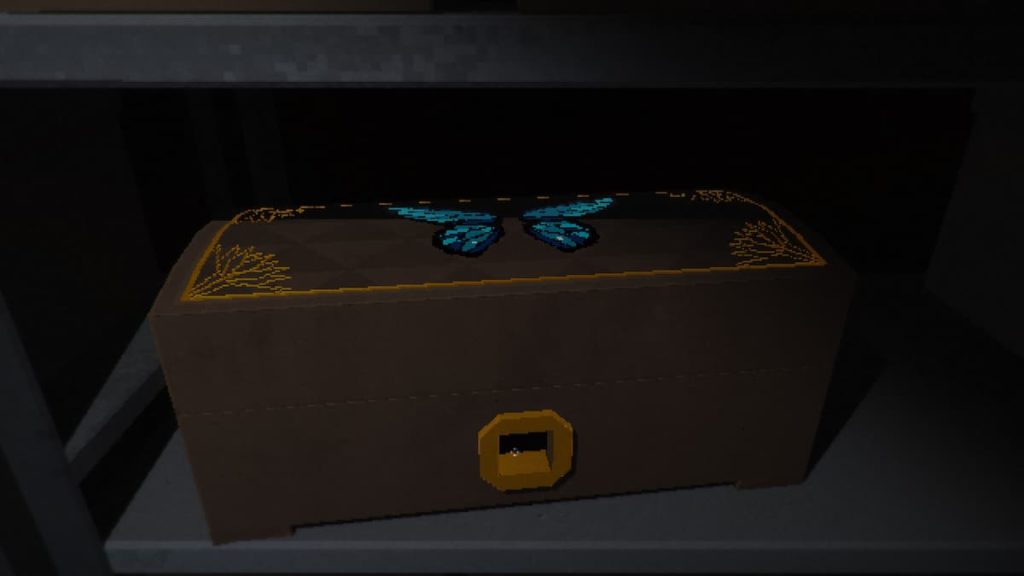
The puzzles featured in Signalis are satisfying and mostly simple, to deliver an enjoyable experience as you navigate the immersive settings. Thankfully, the game highlights any unsolved puzzles that you’ve bumped into on the map for you to return to later, so there will never be any strange limbo as you run around trying to look for puzzles to solve.
Due to the pixel art, players will have to look closely at all surfaces to make sure they’re not leaving behind any important items. As long as you thoroughly look through every room you bump into, this won’t be a problem.
Overall, the puzzles are fun, clever, diverse, and simple, allowing for an enjoyable experience that slowly unravels the story.
Cool gore, decent scares, irritating enemies
So, the actual genre of the game. The horror. If you are expecting big scares, and to be on the edge of your seat, try to limit your expectations. In Signalis, the horror flourishes from the implications of the dystopian story, the disturbing imagery, the unsettling atmosphere, and the occasional scream from a monster.
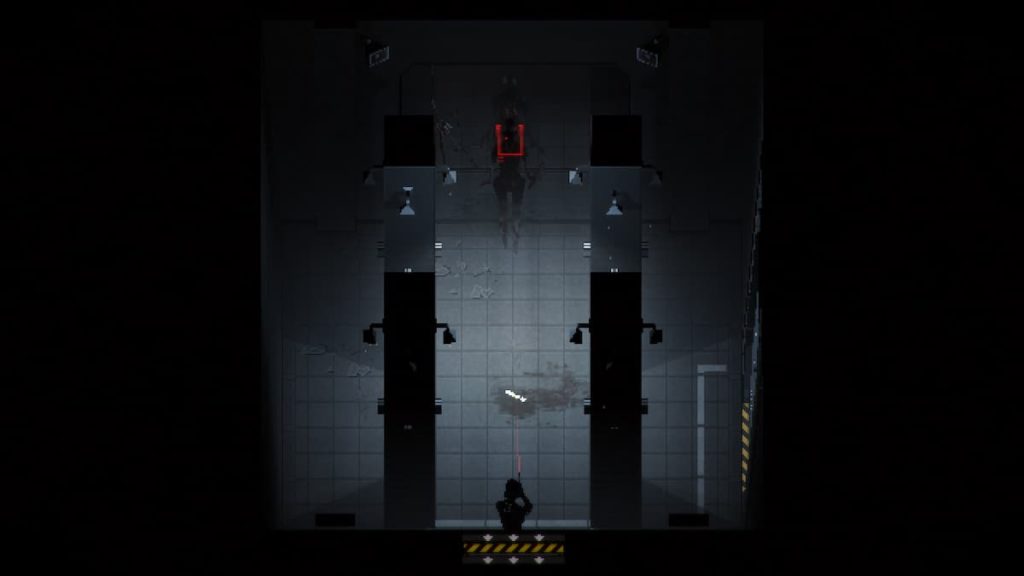
The monsters in Signalis are, unfortunately, more cool than scary. But they’ll soon become irritating. You will not have enough ammo to blast through them all, so you’ll have to resort to sneaking around them. However, there isn’t an actual sneak mechanic, so it’s hugging the walls and hoping they won’t see you, which they will.
Upon seeing you, they will scream, which might be cool and even scary the first time, but it soon grows tiresome as you think, ‘well, here I go running again‘. Thankfully, you can easily escape the monsters by entering another room. This alleviates the frustration from the enemies, but also undermines their status as enemies. You’ll soon by dashing through rooms you know are infested with enemies, and just healing any damage they inflict.
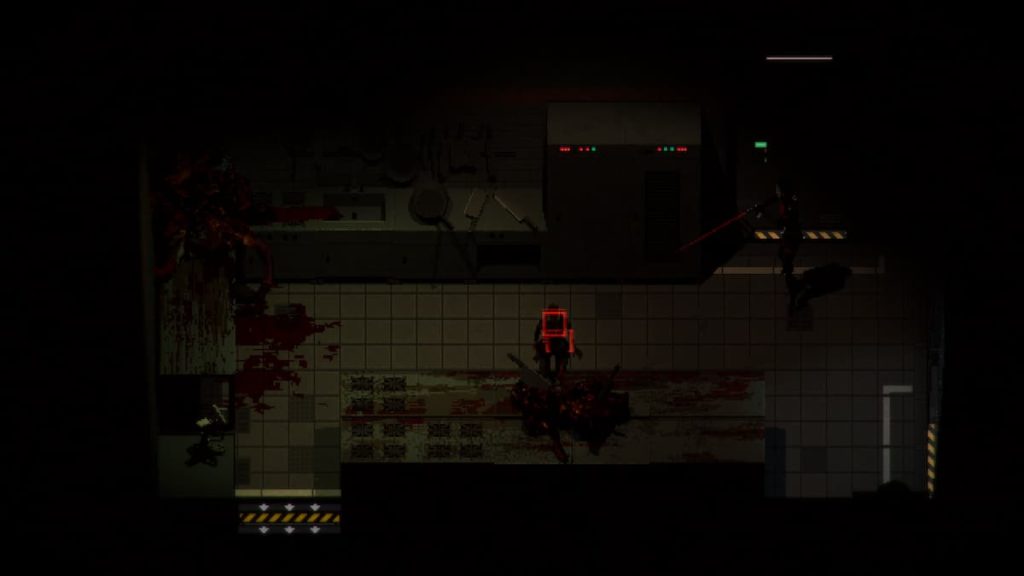
To be fair, the guns you get and having to use them sparingly and accurately is a cool feature I enjoy, but once you run out of ammo and realize you can just run past them, the novelty of the action declines rapidly as you lose the motivation to kill them. This is especially true when you come to realize that they enemies may not stay dead for long.
The horror itself only shines through the atmosphere (which they nail, by the way), but that may not be what you wanted at all, which would be understandable.
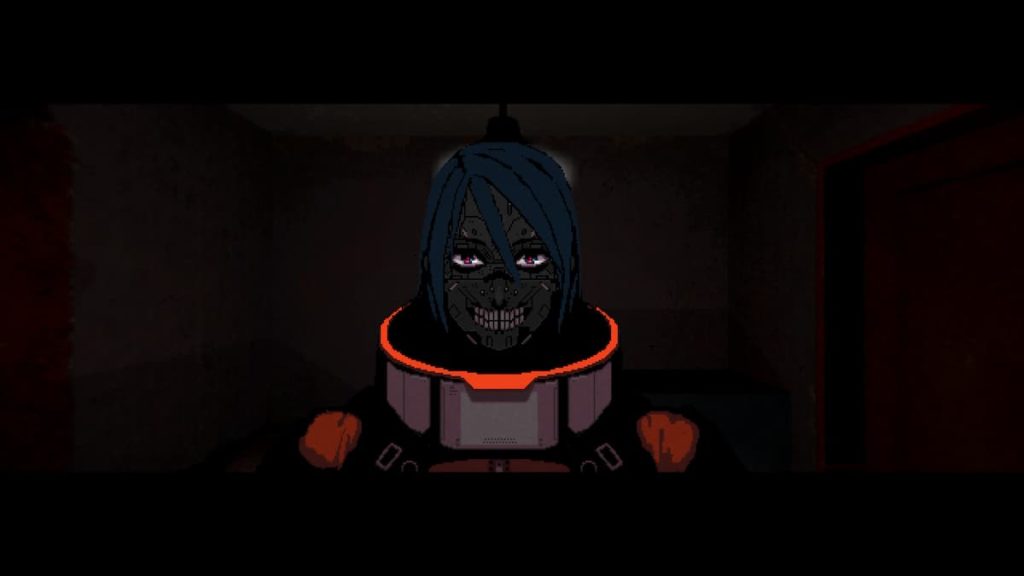
Despite the action and the monsters being a little lackluster, the gore itself is great. There are many disturbing scenes, sites, and creatures. This is more of a creepy, unsettling thriller than a terrifying experience. And I think if you approach it with that angle, the game really shines.
A story and setting that triumphs
The actual world of Signalis is incredible. I won’t say much here, but the outside world to your plot is something that will invest you heavily, if you’re interested in dystopian galactic empires using AI robots, that is.
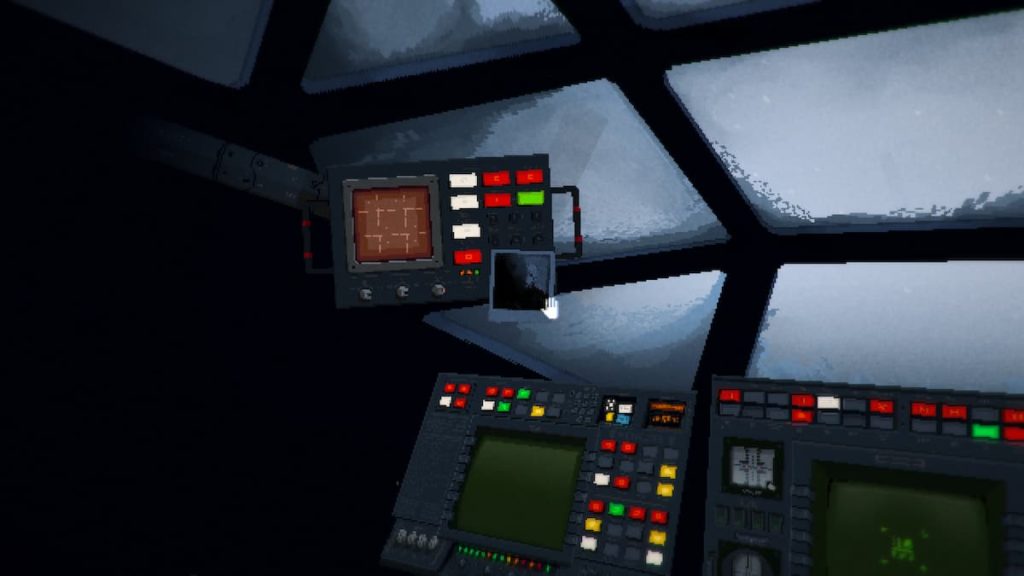
But the plot that your character will be facing is one that is fragmented, as the game plays around with time a little bit in order to deliver the story. It’s one of those ‘everything will be clear at the end’ sort of experiences, as you’ll be left guessing for the most part as you uncover the story and lore of the setting around you.
Final thoughts
I think Signalis is a very clever and atmospheric experience. I expected more actual terrifying scenes, but I learned to appreciate the more subtle horror of tension and story. The game looks fantastic, and the balance of simple puzzles, progression, and difficulty means I can make large strides in the game with each session, keeping me invested.
I would have liked more complex puzzles, but it isn’t a deal breaker.
I do recommend the game, despite it being not totally what I expected. But I am in no way, shape of form disappointed.
Keep an eye on Gamer Journalist for more gaming and Signalis content, such as how to save your progress.



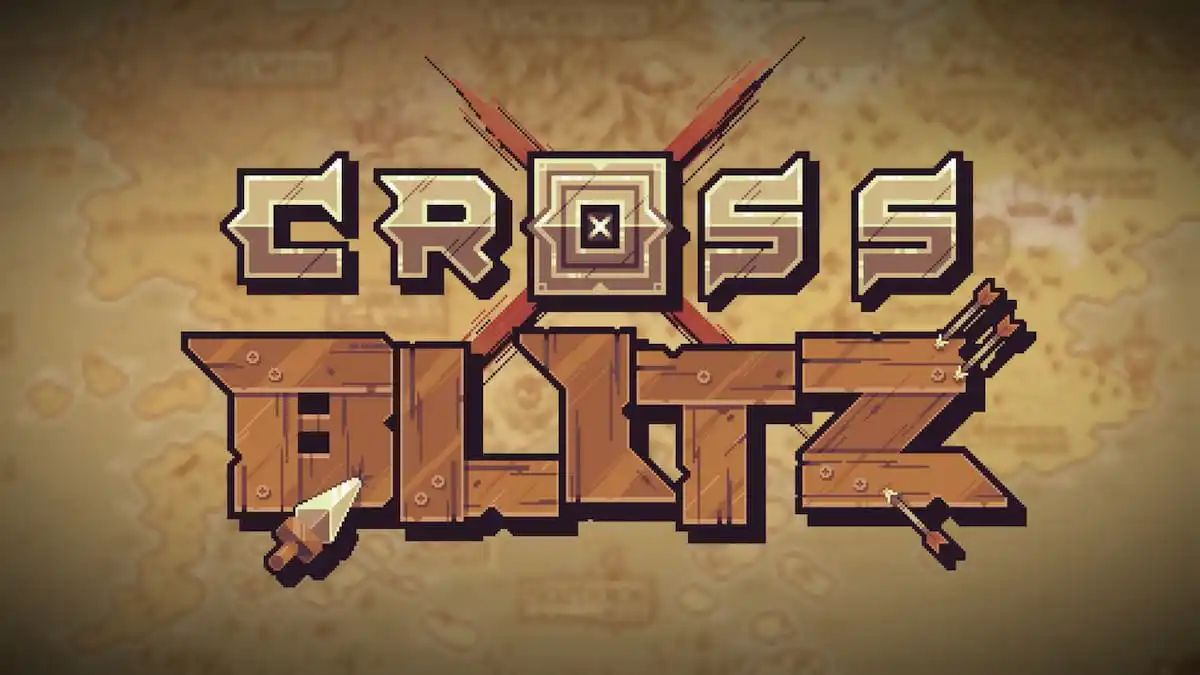
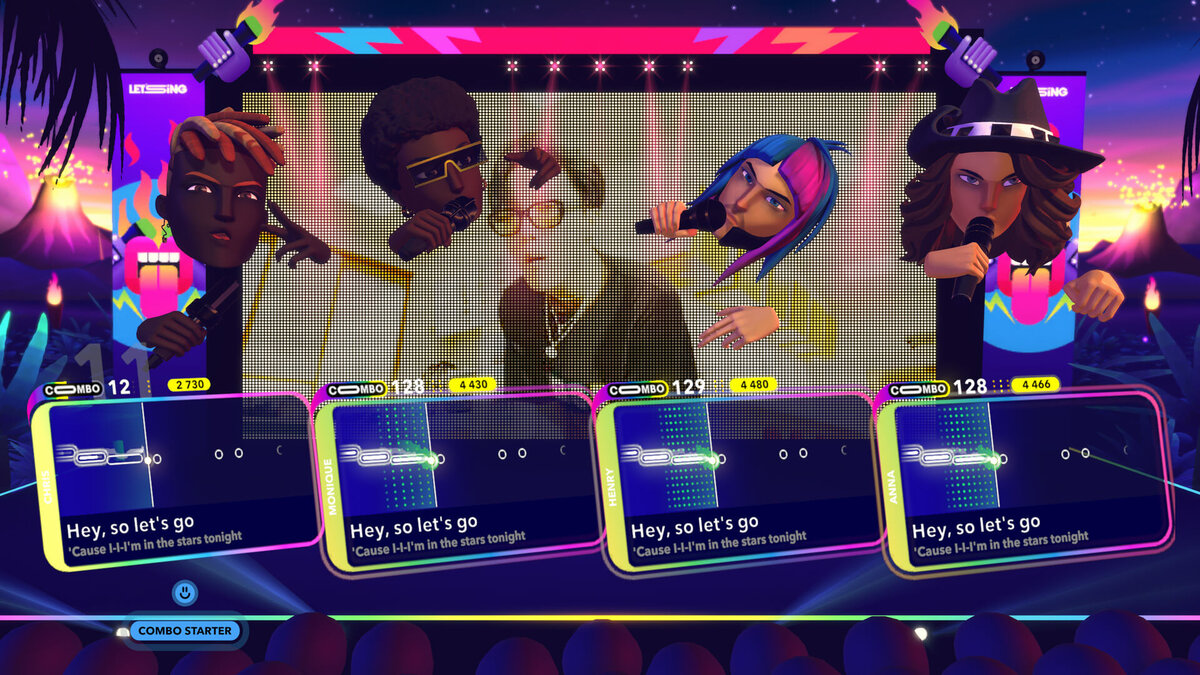





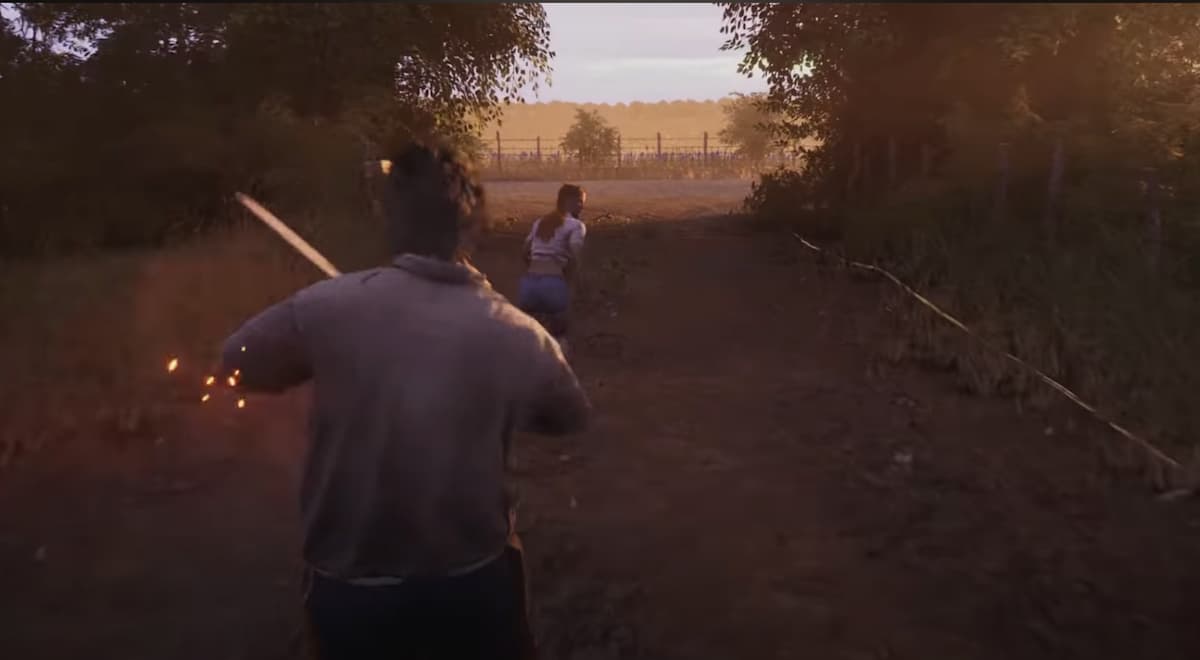
Published: Oct 25, 2022 02:44 pm